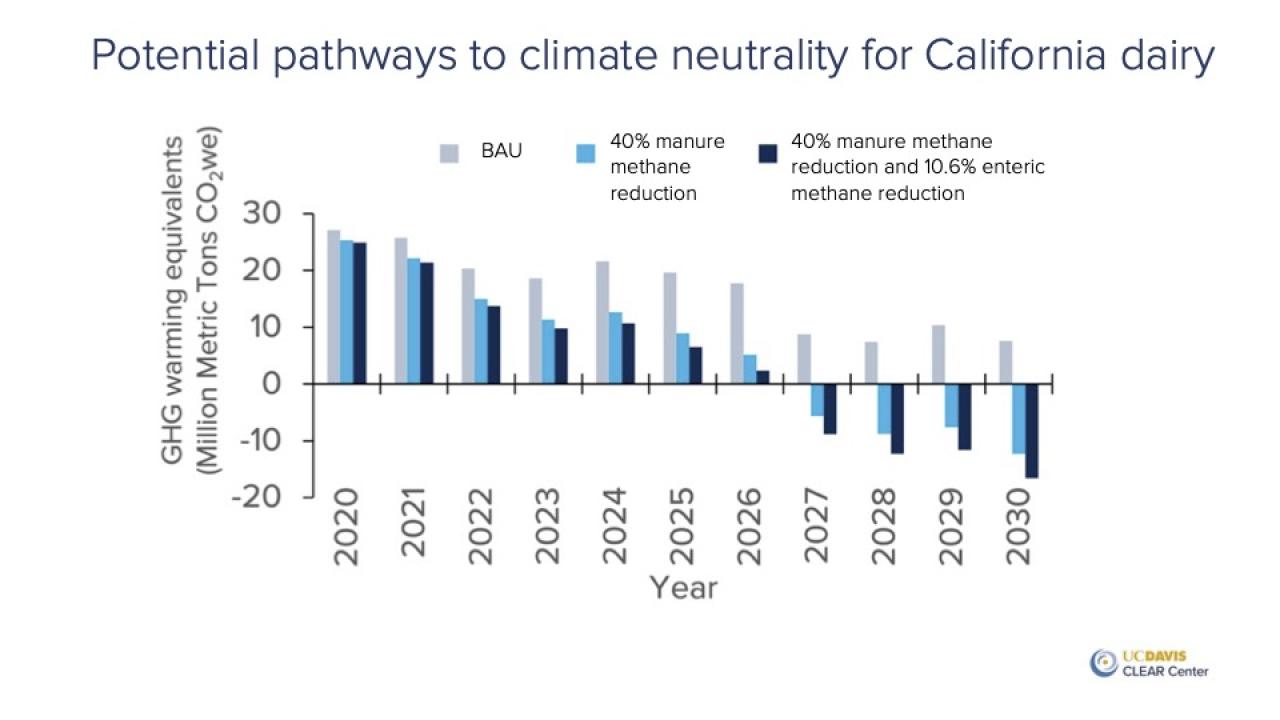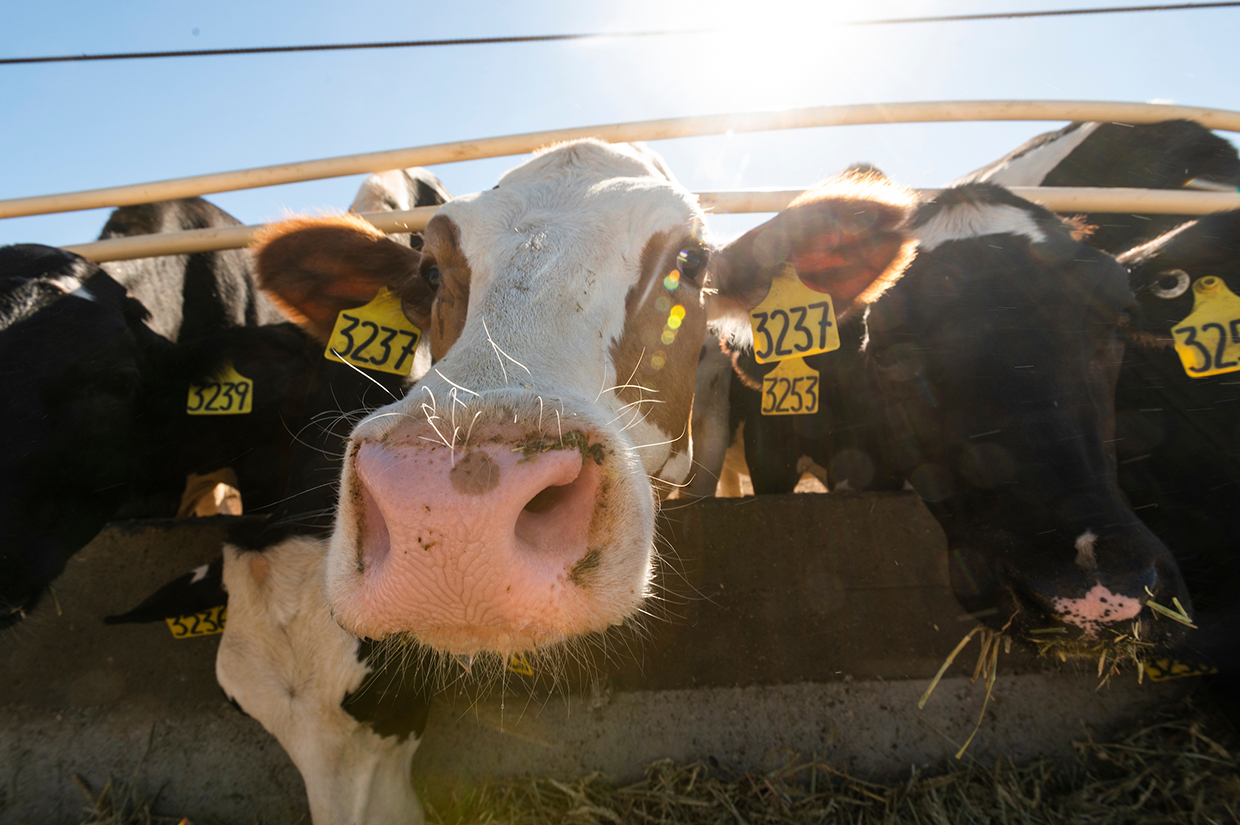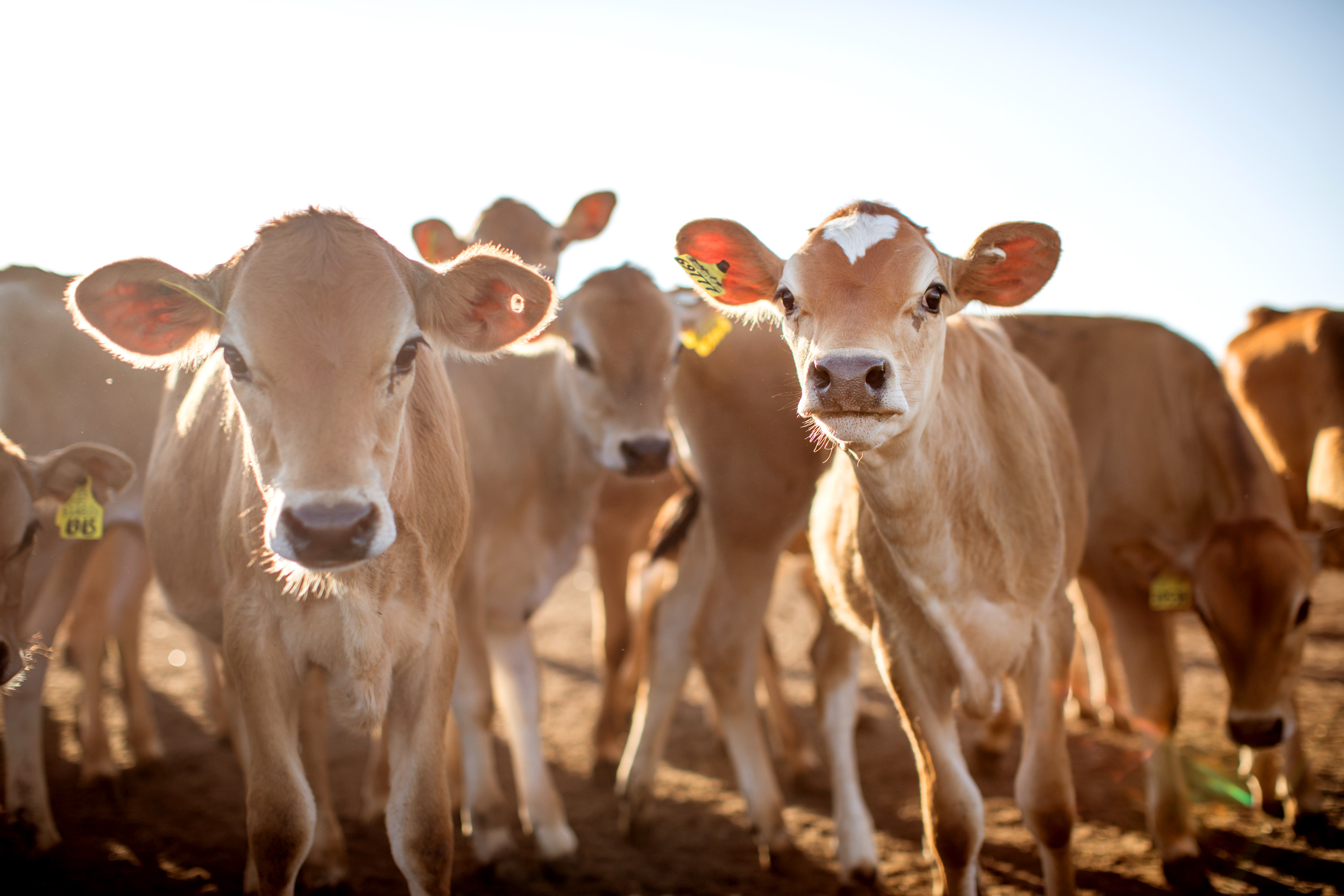
California Dairy Sector Poised for Climate Neutrality by 2030, per UC Davis Researchers
Quick facts:
- California is the leading dairy producer in the United States and is mandated to reduce methane emissions by 40% by 2030.
- Unlike carbon dioxide, which persists for hundreds of years, methane is a short-lived flow gas that warms at a high level for 12 years.
- Scientists at University of Oxford have developed a new metric – known as GWP* – that more accurately depicts the warming potential of methane.
- GWP* can help measure methane’s impact on temperature, which other metrics have been unable to do.
- GWP* shows the California dairy sector can go beyond climate neutrality before 2030, assuming the sector can cut emissions significantly.
- Appropriately characterizing methane’s impact on temperature can help fuel continued mitigation.
Researchers at University of California, Davis, have a stunning prediction. In a peer-reviewed paper recently published by CABI Biological Sciences, Conor McCabe, Hamed El-Mashad and Frank Mitloehner argue that California’s dairy sector can reach climate neutrality in the coming years with aggressive methane mitigation, something few, if any, other sectors can achieve.
Read the paper
Understanding the nature of methane – that is, its warming potential and life cycle – is integral to following their discussion. Methane, the dairy sector’s primary greenhouse gas, is a potent, but short-lived greenhouse gas that has a lifespan of about 12 years. After that time, it is broken down to carbon dioxide and water vapor by an atmospheric radical. Hence, it is always being destroyed as it’s being added and continually being taken out of the atmosphere as it is emitted.
“If the dairy sector can continue to decrease methane, it can reduce its warming contribution,” said Frank Mitloehner, an animal scientist and air quality specialist, and director of the CLEAR Center at UC Davis. “Other sectors of society can’t do that as easily, but dairy can because the main greenhouse gas it produces is methane. If we reduce that methane, not only can we reach climate neutrality, but we can also chip away at historical emissions, and the sector can become part of a climate solution.”
In other words, if methane emissions are constant, no additional warming is being added. If methane emissions can be reduced, more is taken out than is being emitted, and that can offset past warming contributions.
Recent technologies, including feed additives, dairy digesters and alternative methods of manure management, are helping to reduce the sector’s methane emissions in a much more sustainable way. California’s policymakers are boosting the implementation of new technology via incentives to producers, something Mitloehner called “a model for the rest of the United States.”
A new system of measurement
In order to understand how methane warms the atmosphere and thus, the effectiveness of new technologies, we have to establish an accurate system of measurement. The standard laid out in the 1990s – GWP100 – is an oversimplification of warming potential, treating methane as an amped-up version of carbon dioxide that packs about 34 times the warming punch of the ubiquitous CO2 over a 100-year time period. The problem, Mitloehner said, is methane and carbon dioxide are “totally different animals.” We shouldn’t be looking at methane’s effect on the atmosphere in terms of carbon dioxide. Therein lies the fault of GWP100.
GWP* is a new metric developed by scientists at University of Oxford. Unlike the older GWP100, GWP* more accurately accounts for the unique properties of methane and its warming effect on the atmosphere.
For example, GWP* acknowledges that methane from animal agriculture is a short-lived flow gas that warms for 12 years – albeit at a high rate – before being drawn out of the atmosphere. By contrast, carbon dioxide is a long-lived stock gas that essentially dead ends in the atmosphere and continues to build up and warm for centuries, if not forever.
“By looking at methane more realistically, GWP* shows us that if we can effectively reduce emissions today, tomorrow we can reach the point of climate neutrality – the point where no warming is being added,” Mitloehner said. “If we can reduce our emissions, we can help offset past warming or that of other sectors, such as transportation and energy. That’s unique to agriculture and forestry; no one else can do that.”
Modeling three methane reduction scenarios

The article’s researchers model three scenarios to project the progress the California dairy industry can make by 2030:
- Holding annual emissions constant (business as usual).
- Reducing methane emissions from manure by 40%.
- Reducing methane emissions from manure by 40% and reducing enteric methane emissions by 10.6%, with one-third of the dairy cows in the state utilizing Bovaer.
While the first scenario won’t succeed in getting the dairy sector to climate neutrality by 2030, the second and third options will allow it to be climate neutral (and more) by 2027.
However, in order to be successful, there must be continued research and bringing to market new methane-reducing technology. Lastly, policymakers must make it advantageous for dairy farmers to implement it.
To read the article, visit CABI.

New Report: California is Pioneering a Pathway to Significant Dairy Methane Reduction
Analysis by UC Davis researchers shows continued implementation of California’s incentive-based dairy methane reduction efforts should, by 2030, achieve the full 40% reduction goal.
Media Resources
Joe Proudman at jproudman@ucdavis.edu
